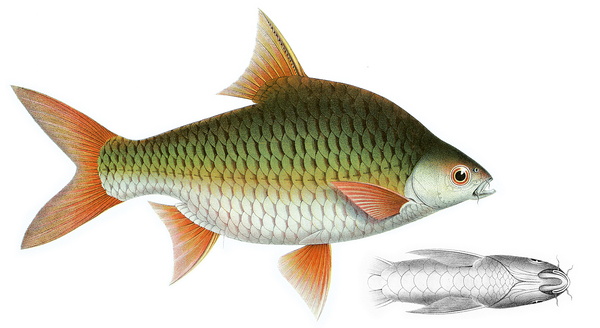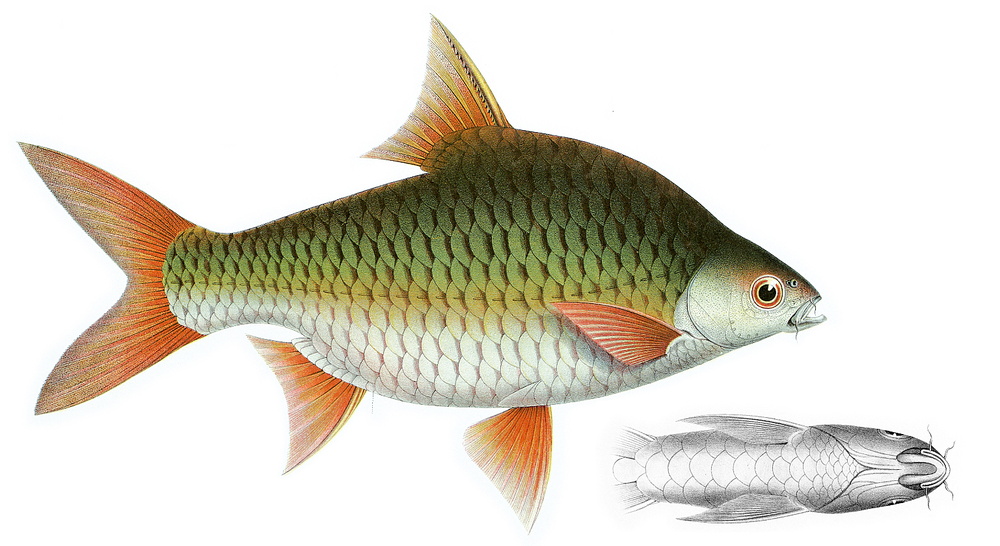Farming remarks
Barbonymus gonionotus is a freshwater fish that naturally inhabits Mekong and Chao Phraya basins, besides Malay Peninsula, Sumatra, and Java in Asia. This barb apparently prefers standing water habitats and occurs in midwater to bottom depths in rivers, streams, and floodplains. It is considered a short-distance migrant fish. B. gonionotus is an important barb species cultured in many Southeast Asian countries like Indonesia, Thailand, and Vietnam, which is also used as biological control for aquatic weeds in aquaculture systems like for Ctenopharyngodon idella. Some advantages of culturing this species include ease of reproduction, fast growth rate, utilisation of aquatic weed as food source, and utilising seasonal ponds for its grow-out culture. It is considered a fish of good taste and high consumer demand. Despite that, most basic wild information about this species is still missing as well as information about farming conditions for spawners and especially adults, possibly because this barb is commonly sold before reaching maturity. Moreover, further studies about stress response and malformations under farming conditions are required.
For details see: WelfareCheck | farm





